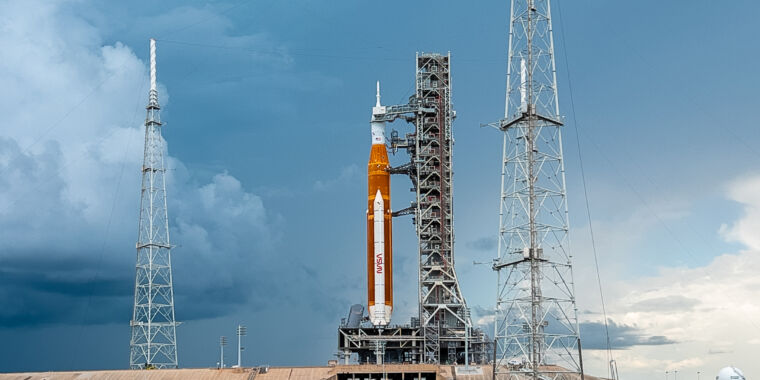
This left only weather as a potential constraint to a planned launch attempt for Tuesday, September 27, at 11:37 am EST (15:37 UTC).
Bolger explained that NASA's backup plan involved rolling the rocket and spacecraft back inside the large Vehicle Assembly Building a few miles from the launchpad, where it would be protected from the elements.NASA officials will meet again on Friday evening to consider the weather.
This is a delicate balance for NASA—waiting long enough to get the best forecast, but also leaving enough time to roll back the rocket as well as releasing employees from the space center before the worst of the storm arrives.It became clear that NASA officials were not just waiting for forecast data, but are reluctant to roll the SLS rocket back to its hangar. John Blevins, SLS chief engineer, indicated that he would not be inclined to roll the rocket back to its hangar even if the space center were hit by a tropical storm, which has lesser winds than a hurricane but still packs a significant punch?
By waiting out the weather NASA is seeking to preserve an opportunity to launch on September 27 or October 2.
This appeared to be an admission that for NASA, the clock is ticking on a rocket that has been fully stacked for launch for nearly a year now, and which has critical parts that cannot be serviced in that configuration.